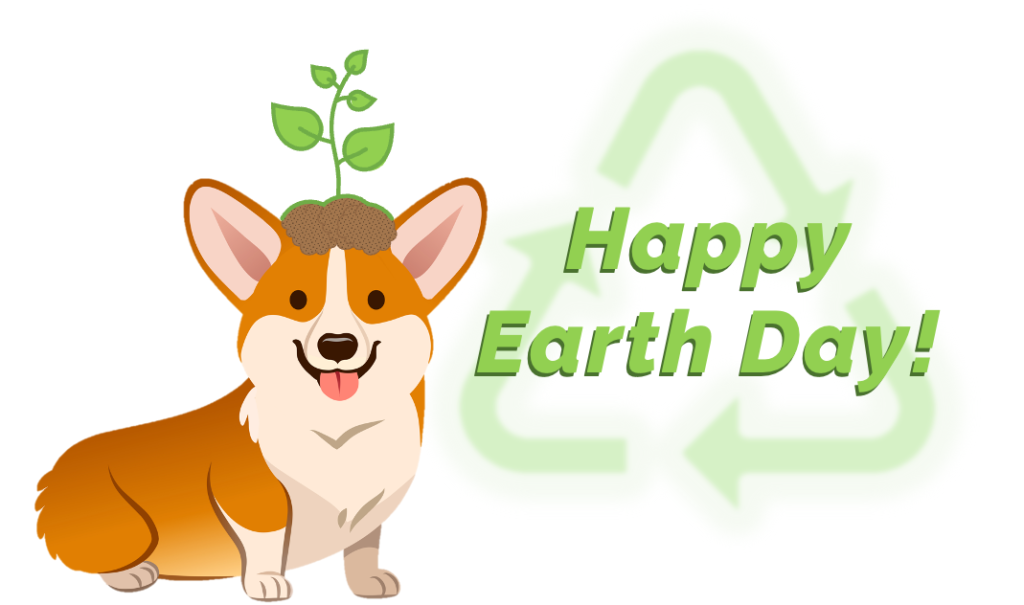
We’ve curated several Earth Day activities for students that celebrate the holiday while helping students build their ELA skills! Earth Day falls on Friday, April 22 this year – keep reading to see ideas on how your classroom can celebrate!
Students care deeply about the environment – they hear about climate change and ways that humans harm the environment, causing them concern for the well-being of the planet. Even from a young age, they know that they want to grow up in a clean, safe world!
This is why bringing Earth Day celebrations into the classroom is vital. By educating students about their own agency in keeping the environment clean and encouraging them to reduce, reuse, and recycle, they learn how each individual has an impact on the world around them and understand their responsibility to help keep it clean and green!
Earth Day Activities for Students – Elementary Level
The following inspiring activities for elementary school students are sure to motivate children to care for the environment while helping them practice their ELA skills. A few of them call upon students for their creativity and coloring skills, producing some decorating ideas for the classroom!
1. Earth Day Word Work – Free Vocabulary Activity
This Earth Day Language Arts resource is all about environmental vocabulary! It comes with three printable Earth Day activities, along with answer sheets for easy grading. Each activity encourages students to practice their word-learning skills in different ways, all thematically tied to environmental issues and conservation ideas.
The first worksheet focuses on word spelling and sounds, asking students to list words alphabetically, identify misspelled words, and more. The second focuses on meaning, asking students to match vocabulary words with their definitions – it also includes a mini-word search! The final activity engages with students’ visual learning skills and asks them to match words with the shapes their letters create. Each of these activities strengthens students’ vocabulary acquisition skills in a different way, all while emphasizing the importance of caring for the environment!
Created and made available for free download by SunnyDays.
2. Parts of Speech Earth Day Worksheets
This free resource has students demonstrate their knowledge of parts of speech while coloring a pop art recycling-themed image! This activity contains both beginner and intermediate versions of a worksheet defining parts of speech, asking students for their own examples, as well as a “paint-by-word” image of a recycling symbol. Each section contains a word related to preserving the planet and valuing nature, and students are tasked with coloring each section based on the word’s part of speech.
This resource is very teacher-friendly as well, complete with instructions on introducing the activity, ideas for displaying students’ beautiful work, and answer sheets. This activity is a colorful way to engage students in ELA instruction and educate them on environmental issues!
Created and made available for free download by Art with Jenny K.
3. Earth Day Promises Writing Activity
This creative activity calls upon students to make their own commitments to our beautiful planet Earth! Provided is a template for the globe-and-hearts graphic above – students will have the opportunity to color their globe and decorate their hearts as well as practicing their writing skills within the hearts. The resource creator offers sample sentence-starters to inspire students’ writing, but how you prompt them is up to you!
The commitments students will write showcase reading comprehension and vocabulary skills (if paired with an Earth Day-themed textual task, such as a reading on conservation prior to this activity) as well as their writing and communication skills! Another fun way to engage students and decorate classrooms for Earth Day, this activity even has a digital version for remote learning.
Created and made available for free download by KTPonTPT.
Earth Day Activities for Middle and High School Students
The following free Earth Day activities for students in 6th-12th grade emphasize the importance of students making their own well-informed judgements and choices about eco-friendliness, also providing several opportunities for critical thinking and writing practice!
1. School Supply Sustainability Activity
This activity hones students’ reading comprehension, argumentative writing, and creativity skills! Students are assigned a two-page nonfiction text to read about the environmental impacts of wasted school supplies, followed by several reading comprehension questions. The next worksheet asks them to research their own pencil, including the company that made it and any information they find online about it. Two short passages on the next page demonstrate opposing opinions concerning whether mechanical pencils are a suitable alternative to wooden pencils, and students are tasked to write their own argumentative passage on the issue. Finally, a page is provided for them to create a “campaign poster” based on what they’ve learned!
This resource is wonderful because it has several activities you can pick and choose from to assign what is best for your classroom and students, based on level, the skills that need practice, and in-class time allotted!
Created and made available for free download by Surfing and STEM.
2. Earth Day Poetry and Writing Activities
This Earth Day activity for students is great for any grade level! Students are assigned several creative environment-themed writing activities, including: creating anagram poems, creating a haiku, and writing about ways to help the Earth.
Creative writing is just as important as research or opinion writing in students’ ELA development – through writing creatively, they are able to implement rhetorical or figurative devices, explore a variety of writing structures, connect multiple ideas on their own, and understand fiction from a new perspective. This activity allows them to explore their own unique vocabulary, thoughts, and ideas while discussing the integral issue of protecting the planet!
Created and made available for free download by Create-Abilities.
3. Earth Day Report Card
This final free Earth Day activity continues to encourage students to actively participate in keeping different environments green-friendly. This resource consists of three different “report cards” that allow students to evaluate how “green” their school, classroom, or home is. For example, on the “school” report card, students should mark off whether or not “There is a school-wide recycling program for paper” or “There are plants within the school for air quality”.
Students can be split into groups to complete either the “school” or “classroom” report card and can take home the “home” report card. Not only does this activity allow students to see the many different aspects of keeping a space eco-friendly, but it also provides them space to practice writing! Two additional worksheets ask students for suggestions for making the classroom or school a greener place and what students can do themselves to help it happen. An additional writing prompt that asks students to elaborate further on their answers could be a great accompaniment to this assignment!
Created and made available for free download by Runde’s Room.
Earth Day Reading Comprehension Questions by Piqosity
We hope you’ve enjoyed the above curated Earth Day activities for students!
Here at Piqosity, we are constantly creating new ELA courses for different grade levels, each complete with a multitude of nonfiction and fiction passages with reading comprehension questions to test students and help them practice their ELA skills. The following passage is available in Unit 3 of our 8th Grade English course.
We have created three all-new reading comprehension questions for this text to celebrate Earth Day and raise awareness of the effects of deforestation. These reading comprehension questions, each more difficult than the last and covering a variety of ELA subtopics, quiz students on their English knowledge while they read about these environmental concerns.
Excerpt Adapted from Slowing Deforestation by Adam Wernick
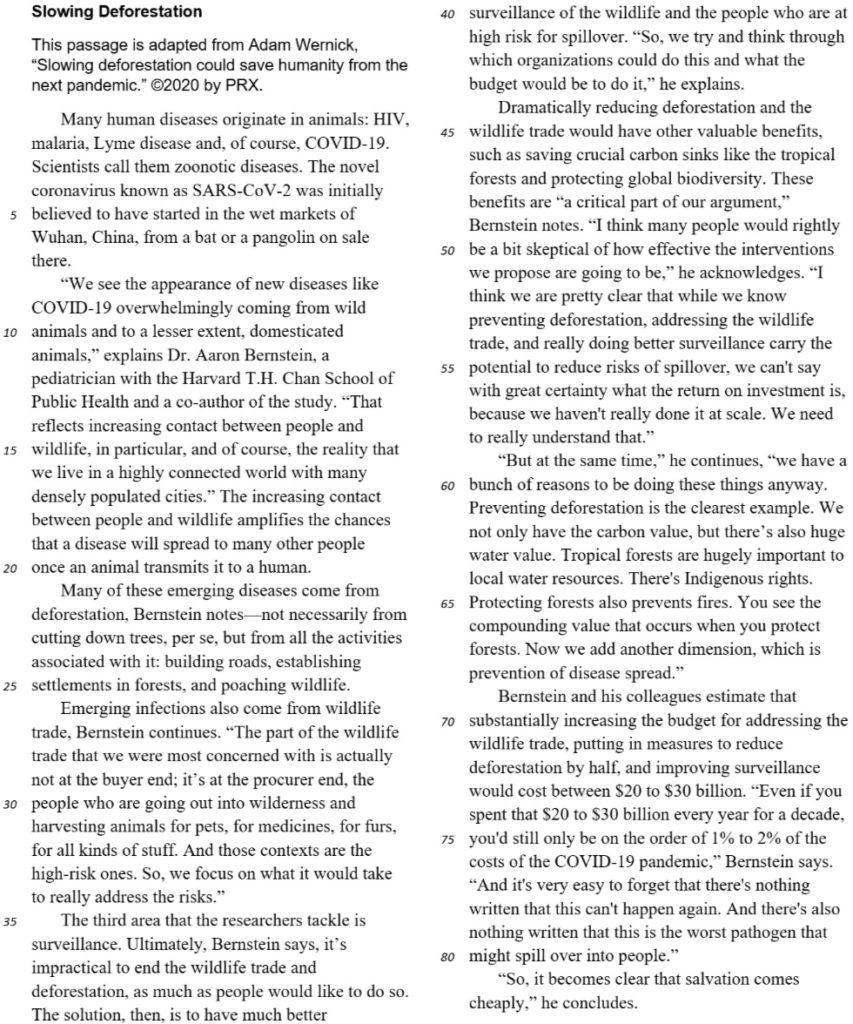
Reading Comprehension Questions
1. Why is COVID-19 considered a zoonotic disease?
A. It started in Asia.
B. It is a human disease that originated in animals.
C. It is a direct result of deforestation.
D. It is a result of climate change.
2. Select the answer choice that is not described in the article as a reason to slow deforestation.
A. Preventing emerging diseases.
B. Protecting biodiversity.
C. Preventing flooding.
D. The carbon value of forests.
3. The purpose of the seventh paragraph (lines 69-80) is to…
A. Explain how deforestation leads to zoonotic diseases.
B. Urge people to stop the wildlife trade and to campaign against deforestation.
C. Describe the importance of surveillance on the wildlife trade and people in close proximity to wildlife.
D. Explain why billions of dollars should be spent on reducing deforestation, addressing the wildlife trade, and improving surveillance.
Passage Answer Key and Explanations
1. B.
The passage describes what zoonotic diseases are in the first paragraph: “Many human diseases originate in animals: HIV, malaria, Lyme disease and, of course, COVID-19. Scientists call them zoonotic diseases,” (lines 1-3). Therefore, “It is a human disease that originated in animals.” is correct.
Even if you didn’t look back at the passage for this answer, another way you can deduce this answer is through evaluating what “zoonotic” as a word means. “Zoo” is a Greek root that means “animal” – even if you didn’t know this, you can see the correlation with the nouns “zoo” or “zoology” and “zo-” of “zodiac” (the zodiac is composed of 12 animals). By using this clue in the word parts, you can figure out that a zoonotic disease has something to do with animals and select the applicable answer choice.
2. C.
The article focuses on “preventing emerging diseases” as its core reason to stop deforestation, which makes that answer incorrect.
It also names several other reasons to slow deforestation: “Dramatically reducing deforestation and the wildlife trade would have other valuable benefits, such as saving crucial carbon sinks like the tropical forests and protecting global biodiversity,” (lines 44-46). Thus, because they are clearly described in the article, “Protecting biodiversity” and “The carbon value of forests” are both incorrect answer choices.
The correct answer choice is “Preventing flooding” – the article describes that forests are important to water resources, but it does not describe the effect of deforestation on flooding.
3. D.
“Explain why billions of dollars should be spent on reducing deforestation, addressing the wildlife trade, and improving surveillance.” is correct. The seventh paragraph discusses the budgeting of Dr. Bernstein’s proposed project, saying that it “…would cost between $20 to $30 billion,” (line 73). However, it goes on to describe that if this money was spent every year for a decade, that it’d only be less than 2% of the cost of managing the COVID-19 pandemic. By comparing these statistics, the quoted Dr. Bernstein is urging the public to understand that by investing in wildlife and forest conservation projects, they are mitigating (reducing) the risk of another dangerous and costly disease (or, potentially, another pandemic).
Find More ELA Resources Like These at Piqosity!
We hope you found the above Earth Day activities for students insightful and resourceful for your classroom, both in their fun and engaging celebration of the holiday and in the plentiful opportunities to sharpen key ELA skills for students.
Remember – this month is Ramadan! Close out this holy month together with your classroom with the help of our ELA Ramadan Activities blog, full of resources to educate students about the holiday as well as practice for their reading and writing skills. Included, as always, is a reading comprehension passage and accompanying original Piqosity questions!
You can find more (non-themed) ELA lessons with questions of similar difficulty levels in our ELA courses! These are complete courses available online through our app and can be purchased separately or received for free when bundled with our ISEE test prep courses!
- 5th Grade ELA Course
- 6th Grade ELA Course
- 7th Grade ELA Course (coming soon!)
- 8th Grade ELA Course
- 11th Grade ELA Course
Looking for math prep? Check out our range of Math courses!
- 5th Grade Math Course
- 6th Grade Math Course
- Pre-Algebra Course (coming soon!)
- Algebra 1 Course
- Algebra 2 Course
For your convenience, we have outlined lessons relevant to or at the same difficulty level as the above passages and word problems. These can be found below.
ELA Lessons by Piqosity
Lessons related to question #1:
- Word Parts lessons:
- Word Meanings & Word Choice lessons:
Lessons related to question #2:
- Supporting Ideas lessons:
Lessons related to question #3:
- Organization & Logic lessons:


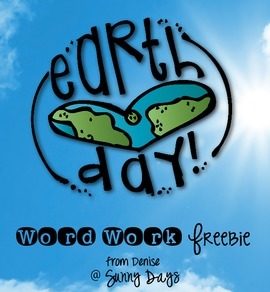
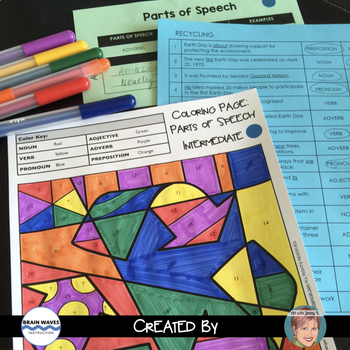
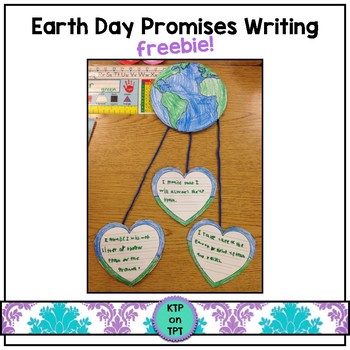
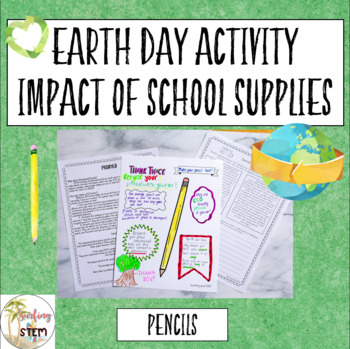
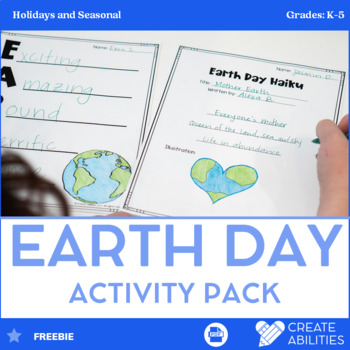
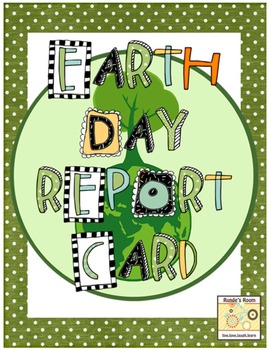

Leave A Comment